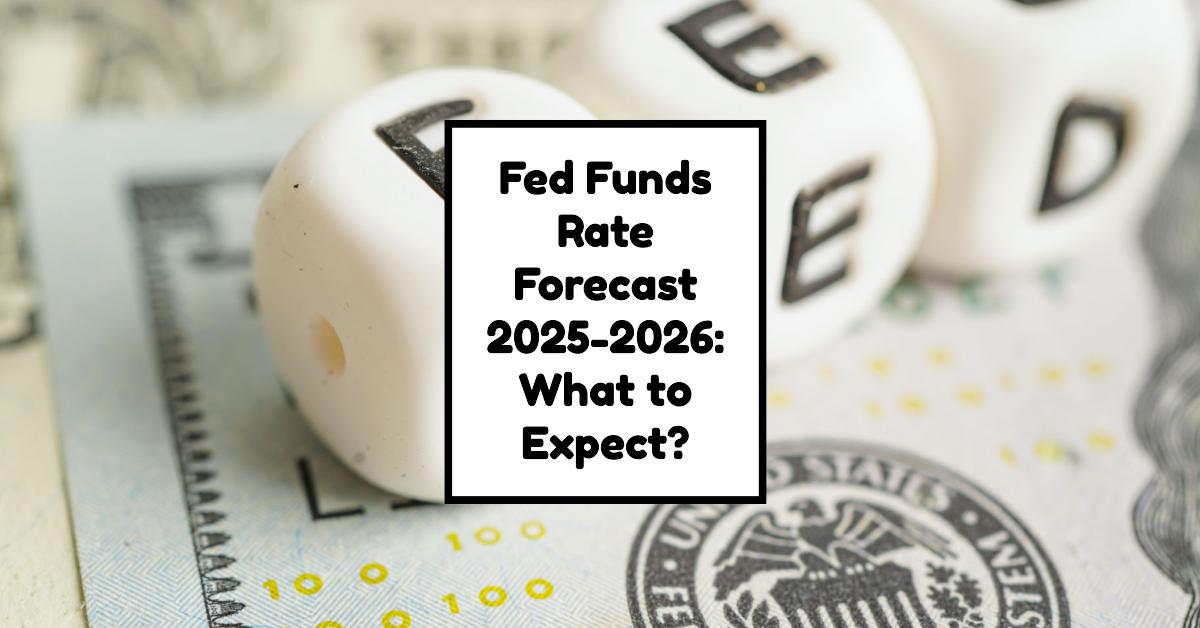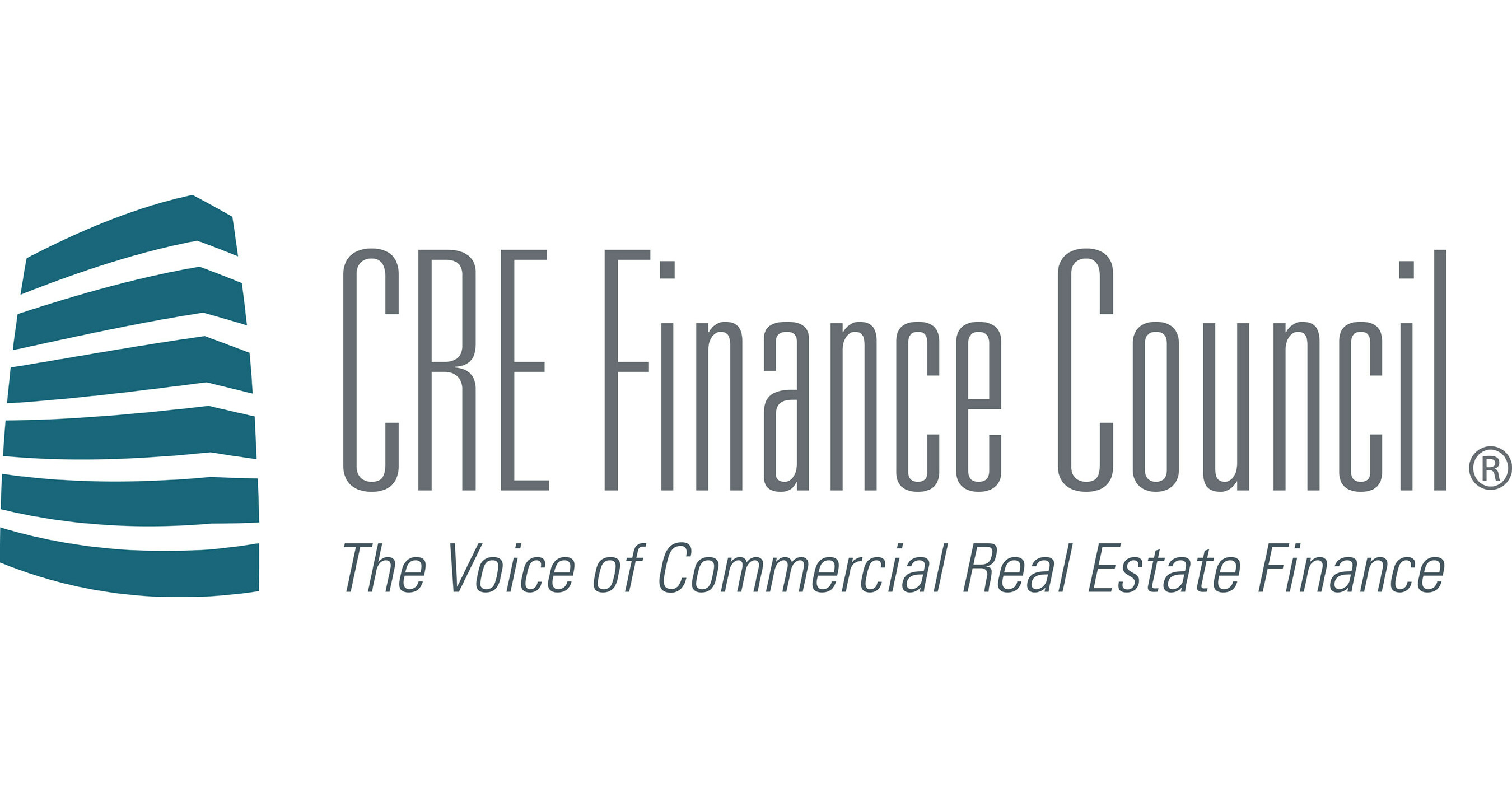M
oney talks, but interest rates scream louder. As we gaze into the economic crystal ball for 2025 and 2026, one number stands out: the Federal Funds Rate. This benchmark set by the Federal Reserve influences everything from mortgages to savings accounts. Let's explore the latest Fed Funds Rate forecast and its implications.
The Forecast:
Key Takeaways:
* Fed Funds Rate expected to drop to 4.0% by end of 2025.
* Rate forecast to hold steady at 3.8% for most of 2026.
* Gradual decline from current levels indicates a soft economic landing.
Understanding the Fed Funds Rate:
The Federal Funds Rate is the interest rate banks charge each other for overnight loans, serving as the Fed's primary tool for steering the economy. When the Fed wants to cool things down, they raise it; when they want to boost the economy, they lower it.
The 2025 Outlook: A Downward Trend
According to the National Association of Realtors (NAR), the Fed Funds Rate will decline throughout 2025:
* Q1 2025: 4.2%
* Q2 2025: 4.0%
* Q3 2025: 3.8%
* Q4 2025: 3.8%
This drop is driven by slowing economic growth, with GDP growth tapering off from 1.8% at the start of 2025 to 2.5% by the end.
Steady as She Goes: The 2026 Fed Funds Rate Forecast
In 2026, the forecast shows:
* Holding at 3.8% for Q1 2026
* Ticking up slightly to 4.0% in Q2 2026
This relative stability suggests the Fed has found a "sweet spot" – a rate that keeps inflation in check without stifling economic growth.
What This Means for You and Me:
Lower interest rates could lead to:
* Cheaper mortgages: 30-year fixed mortgage rates might fall from 6.1% at the end of 2024 to 5.8% by the end of 2025.
* Lower savings account earnings: Savers might earn less interest, forcing a reevaluation of their strategy.
* Increased business investment: Lower borrowing costs could encourage companies to invest in new projects or expansion.
* Smaller credit card bills: Credit card interest rates often move with the Fed Funds Rate, potentially leading to smaller interest charges.
The Housing Market: A Silver Lining?
Lower interest rates might help thaw out a sluggish housing market:
* Existing home sales are expected to climb from 4,100,000 in Q4 2024 to 4,600,000 by Q4 2025.
* New home sales are forecasted to jump from 730,000 to 820,000 in the same period.
* Median existing home prices could rise from $398,700 to $405,000.
The Big Picture: What's Driving These Changes?
To understand why the Fed is planning rate cuts, we need to look at the broader economic picture:
* Unemployment ticking up slightly from 4.2% at the end of 2024 to 4.3% by the end of 2025.
* Inflation dropping from 2.5% to 2.2% over the same period.
* Consumer confidence rebounding from 101.0 to 96.0.
These numbers paint a picture of an economy cooling off, but not crashing. The Fed's goal is to engineer a "soft landing" – slowing things down enough to keep inflation in check without tipping into a recession.
What Could Change This Forecast?
Economic forecasts are just educated guesses, and a lot can happen to throw these predictions off course:
* Major global events
* Unexpected inflation spikes
* Faster or slower economic growth than predicted
* Changes in government spending or tax policy
The Bottom Line:
The Fed Funds Rate forecast for 2025 and 2026 suggests we're in for a period of gradually lower interest rates. This could be good news for borrowers, potentially challenging for savers, and might give a boost to the housing market.













